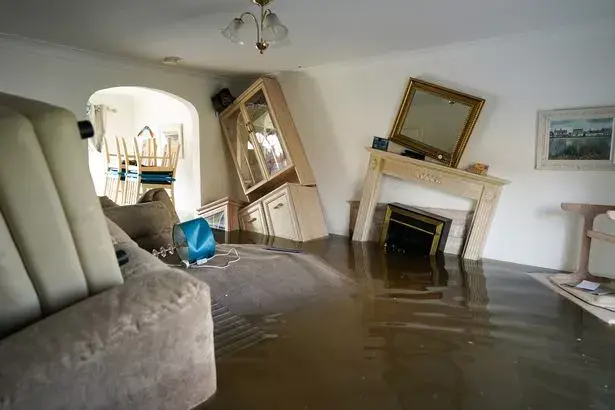
Flood Damage Cleaning
At The Carpet Doctor Northwest, we understand that flooding incidents, and also fire incidents, are traumatic experiences for individuals, often involving loss of sentimental items and emotional distress. Therefore, before beginning the clean-up, we discuss with you what we are going to do and provide clear information about the restoration process.
Commercial cleaning after a flood is a challenging and extensive process that involves the removal of water, cleanup of contaminants, and restoration of affected areas. Whilst each property is different, we have listed below the key steps involved in flood damage cleaning.
Before any cleanup begins, a safety assessment is conducted to identify potential hazards, such as electrical issues, structural damage, or contamination.
The first step is to remove standing water from the affected areas. Industrial-grade pumps and wet/dry vacuums are used for efficient water extraction.
Dehumidifiers are deployed to reduce excess moisture and humidity in the air, preventing the growth of mold and mildew.
Surfaces and contents are thoroughly cleaned and disinfected to eliminate contaminants brought in by the floodwaters. This includes walls, floors, furniture, and equipment.cookies sent by us.
If mould is present or likely to develop, mould remediation procedures are implemented. This may involve the removal and disposal of contaminated materials and the application of antimicrobial agents.
Salvageable items, including furniture, documents, and inventory, are cleaned and restored whenever possible.
Items that cannot be salvaged are documented for insurance purposes.
Carpets and upholstery are thoroughly cleaned and sanitized. In some cases, replacement may be necessary, especially if the flooding involved contaminated water.
Heating, ventilation, and air conditioning (HVAC) systems are inspected and cleaned to prevent the spread of contaminants and mold through the air.
Specialised drying equipment, such as air movers and industrial-grade fans, is used to expedite the drying process for structural components like walls and subfloors.
Damaged structural elements, such as drywall and flooring, are repaired or replaced. Electrical and plumbing systems are inspected and repaired as needed.
A final inspection is conducted to ensure that all areas affected by the flood have been properly cleaned, disinfected, and restored.
Detailed documentation of the cleaning and restoration process is provided, which can be valuable for insurance claims.